Games with movement: 8 movement activities for kids
8 movement activities for kids
If you have squirmy children on your hands, playing movement games can help get out their wiggles and provide the entertainment they’re looking for. Movement activities and games aren’t just fun though; they also help the development of their motor skills.
“Play is the best way to help develop young children’s large motor skills,” says play advocate Meryl Neiman, a co-founder of Playdate Planet. “Once they can understand basic rules, children enjoy movement games, and they can be wonderful incentives for kids to get the physical activity their bodies need.” She adds, “For little ones, I recommend looking for low-key or non-competitive games.”
Physical games can do more than just get the blood pumping, as well. “When it comes to children under the age of 5, imagination is key,” says Mari Hughes, co-owner of The Little Gym. “Following a set of strict rules and instructions will not keep the game going very long. Instead, by giving them a chance to use their minds and create, they will build up their cognitive skills, their social skills as well as their confidence and leadership skills. ”
With that in mind, here are eight fun and easy movement games for little kids:
1.
Tag
Tag teaches your child how to capture things and navigate challenges using a little healthy competition, and there are many ways they can play. “You can try freeze tag and have children simply freeze in place until they are set free by the touch of another child,” suggests Neiman. “Improvise with fun variations like requiring tagged children to do a number of jumping jacks or spins before rejoining the game.”
2.
Tape jumping
For this game, all you need is some tape! Lay out six to eight strips of tape on the ground about a foot apart. The object of the game is to see how far your little one can jump. Number the pieces of tape to help keep track. As they master jumping all the strips of tape, add more for difficulty.
3.
Hopscotch
Hopscotch is a classic on school playgrounds, and is “great for working on everything from balance and spatial perception, to fine motor skills drawing the board [to] executive functioning in planning your next move,” says Neiman.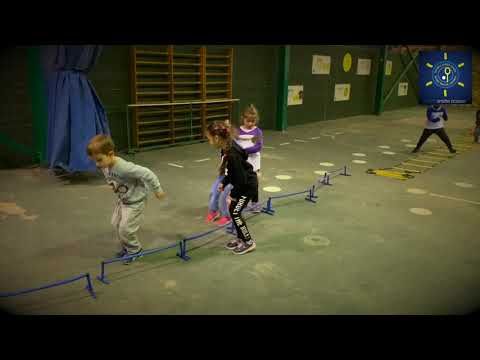
4.
Puddle jump
You don’t need a rainy day to do some puddle jumping; all you need is a jump rope and some cups of water. In this game, two people swing an extra-long jump rope, and every other child holds two cups of water while they jump into the rope’s jump space. After five jumps, they exit. After each child takes a turn in the jump rope, the one with the most water left in their cup wins!
5.
What Time Is It, Mr. Fox?
“To actively engage a 4- to 5-year-old for any length of time,” says Hughes, “they need to be involved in the creation and running of the game.” To play this game, the kids line up a good distance away from the player chosen to be Mr. Fox. The kids shout, “What time is it, Mr. Fox?” And “Mr. Fox” answers with a time of day. The kids then get to take that number of steps toward him.
Hughes, however, suggests a twist: “When the kids are called over, the parent (or Mr.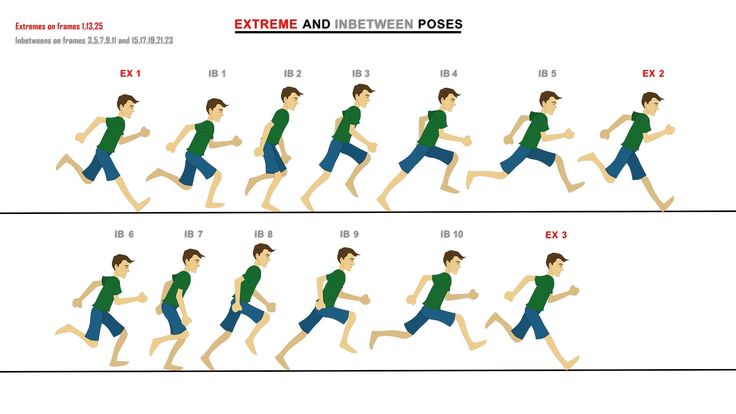
6.
Rolling
Rolling your body across a surface isn’t only fun — it also helps with the development of your child’s brain and body coordination. Rolling horizontally helps assist in balance, linear movement, strength and understanding tactile space. Once your child has mastered turning over on a flat surface, take it outside and try rolling down a grass hill. The first one down the hill wins!
7.
Tissue dance
This is a fun game that works on posture, body control, balance and concentration. Have everyone start by placing a tissue on their heads. When the music starts playing, everyone starts dancing. But be careful; don’t let the tissue fall off your head! If the tissue hits the ground, you’re out.
8.
Obstacle course
Kids of all ages love to create.
Stephanie Glover is a freelance writer who lives outside of Philadelphia.
Indoor Games for Cold Weather Days
Whether the weather is keeping you inside or you’re on lockdown (again) active play is not only stimulating for the body, but it can also boost the brain. From balloon games to literally acting like animals, we’ve found 28 inventive ways to keep kids moving indoors and keep their little minds occupied. Check out our favorite indoor games for when it’s too cold to play outside.
Videos From Tinybeans
Active Imagination
iStock
Take the kids on a walk through the forest without leaving the living room.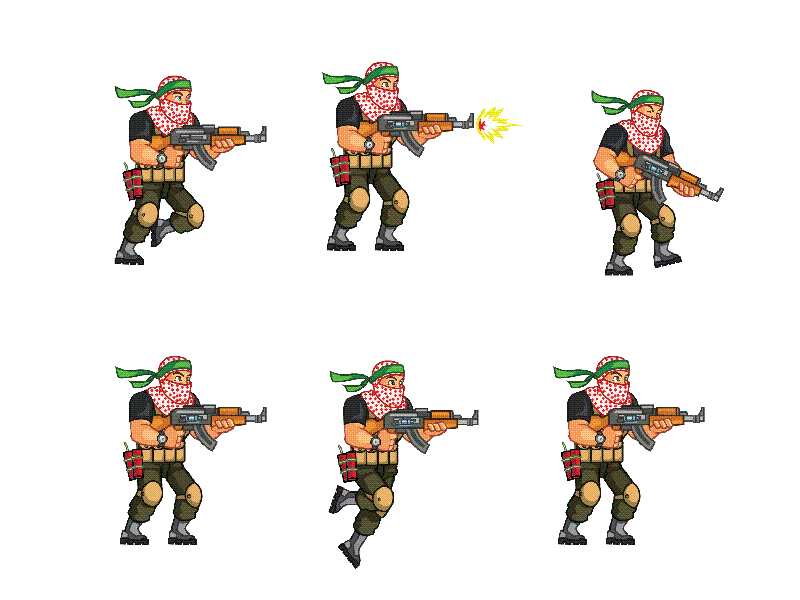
You are walking down a path in a forest (walk in place).
You see a deer leap across the path (leap!).
You chase after the deer (run in place).
But you trip on a branch and fall (slowly fall in place).
You roll down a hill (roll around on the floor).
You can take this in any direction you want and make it last as long as you need to!
Grow, Little Seed, Grow!
Bruno Nascimento via Unsplash
In this scenario, you’re going to “plant” your kiddo and watch them grow.
Have your child curl up in a little ball on the floor. If they’re small enough, you can carry them to the spot.
Declare you are a gardener, and you are planting the rarest seed.
Tickle their back while you say, “Water, water, water!”
Lightly tap their back while you say, “Sun beats down, sun beats down!”
Now the seed can start to unfurl.
As your child slowly comes to standing, at each stage say things like, “Oh, the leaves are unfurling!” and “Look, there’s a flower on the top.”
Finally, have your child stretch to the sun.
You can end it there, or you can go and pick the flower, having the kiddos collapse in a giggling heap as you “chop” at their heels.
Advertisement
The Alphabet Workout
iStock
This one takes a bit more prep, but it’s super easy to learn and guaranteed to burn off energy in no time. First, you need to associate a specific exercise with letters of the alphabet (example: A, 5 burpees, B, 10 jumping jacks, C, 10 jumps in place). You can repeat exercises, so you don’t have to come up with 26 new ones! You can also find a pre-made one, like this one from Leash Your Fitness.
Next, you take turns doing the exercises based on your name. Adjust to kids’ ages and fitness levels.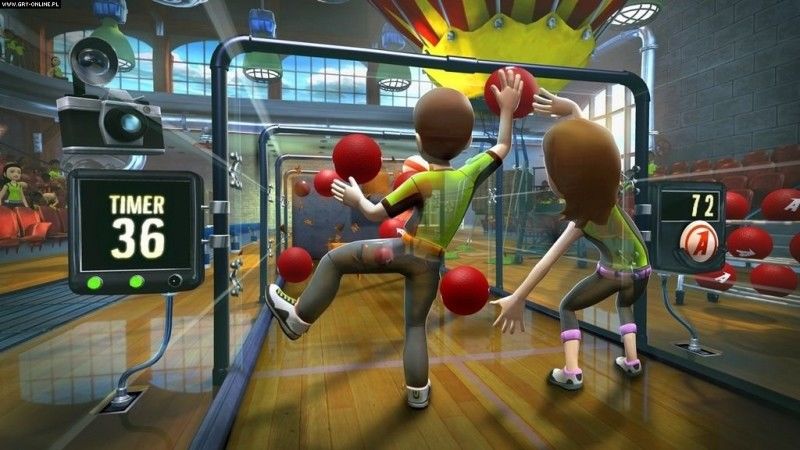
Pool Noodle Jousting
Okay, we’ll admit this one could be a recipe for trouble among certain siblings, but it’s ever so easy and ever so fun! Just be sure to establish rules like no hitting faces, body parts, etc.
All you need are two pool noodles. If the kids are small, you can cut a pool noodle in half.
Arm each child (or yourself and a child).
Joust away.
No noodles? You can get a set of two 52″ long noodles for $21.99 on Amazon right now.
Color Match
Gabrielle Henderson via Unsplash
Choose a few colorful old socks; fill each sock with dry rice, beans, or something similar, and tie the ends together. Place sheets of paper on the floor—with one for each color of the sock. Your child can toss the homemade bean bag onto the corresponding color of paper.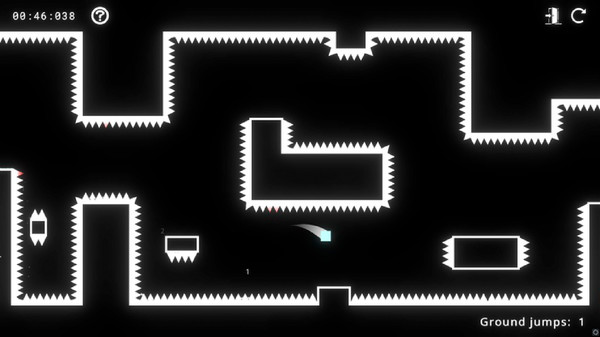
Related: 21 Easy Play Ideas for Kids (Whether You Have 5, 15 or 30 Minutes)
Advertisement
Animal Antics
Uncoated via Pexels
Can your kiddo waddle like a walrus? Walk like a penguin? Gallop like a horse? Call out animal names and watch as your child imitates the creature’s antics.
Indoor Games for Kids That Use Balloons
Kenny Eliason via Unsplash
Bat the Balloon
Fill a balloon, toss it into the air and count how many pats your child can bat the balloon before it falls to the ground. Add another balloon to make the game more challenging.
Balloon Ball
All it takes to play balloon volleyball, baseball, basketball, or hockey is hot air (to blow up the balloons!) and a little ingenuity. Use trash cans on opposite sides of the room as baskets and a simple painter’s tape line to divide the room for a volleyball net.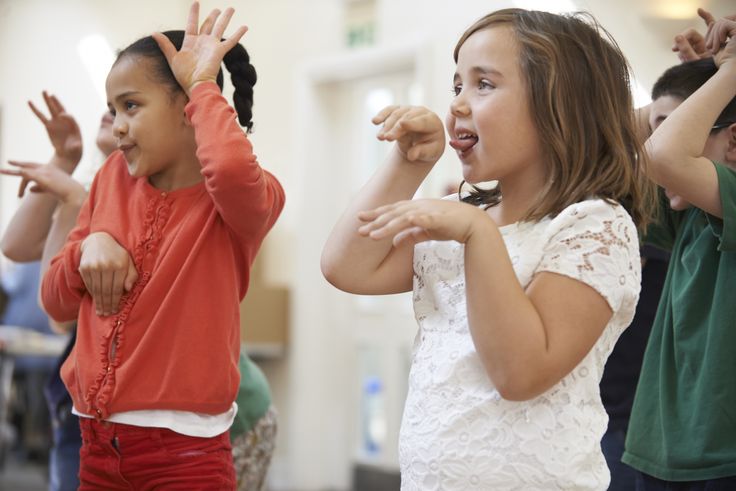
Balloon Challenge
Blow up as many balloons as you can, and divide them up so roughly half are inside a painter’s tape-made circle and half are outside of it. Then free the kids, challenging one to get as many balloons into the circle while inviting the other to keep out as many as possible. It’s a Ying/Yang situation that’ll wear them out faster than you can say, “nap time!”
Advertisement
Active Indoor Games for Kids
iStock
Mirror Mirror
Take follow the leader to a whole new level. Pretend your child is a mirror and have them imitate your movements—reflection style. Reverse the course and give them a chance to play the role of leader as you mirror them.
Family Freeze
Are you looking for games for kids that don’t require materials, cards, boards or anything else? Try a quick game of freeze.
Musical Chairs
Don’t count out the games you played as a child. Set up chairs in your playroom, turn on the tunes, and play a game of musical chairs.
Indoor Hopscotch
A long stretch of wood or tile flooring is all your little ones need to play indoor hopscotch. Lay out the game using painters or washi tape so it won’t stick to your floors. Then off they go, tossing and hopping down the alley until they reach 10. Get more on this sweet idea over at Toddler Approved.
Pillowcase Race
Who doesn’t need an excuse to change the bedsheets? Have the kids stuff themselves into their pillowcases, then send them off down a carpeted hallway or across a room with a rug toward an imaginary finish line. Add in obstacles to make it more challenging and to keep the fun rolling.
Potato Relay
To play this silly game, all you need are buckets, potatoes and kids with a good sense of humor.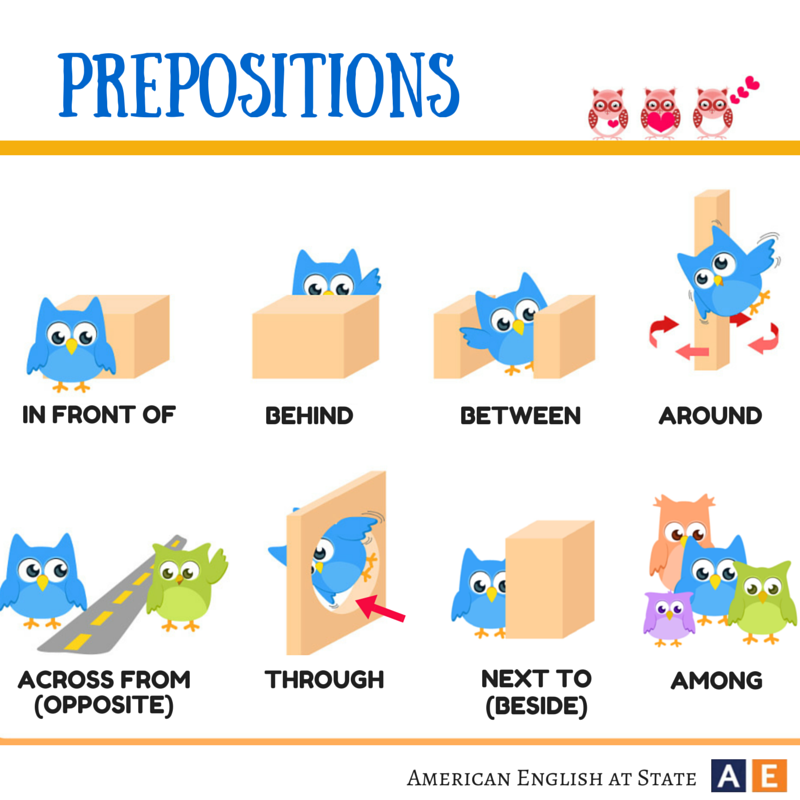
Indoor Games for Kids That Like Color
Erica Loop
Paint Race
Who can paint a portrait, landscape or still life the fastest? Choose a subject, hand out the canvases and race to see who can paint their masterpiece the fastest.
Rainbow Race
Add science to your indoor games for youth! Preschoolers and younger kiddos will get a kick out of this fun-filled full “STEAM” -ahead game. Drip a few drops of food coloring into water and freeze colorful cubes. When the ice is ready, place different colors on one side of a piece of poster board paper and race the cubes to see which one melts the fastest—and wins!
Color Wheel Magic
Preschoolers will dig this simple game you can make with construction paper.
Indoor Bowling
Gabby Cullen
Put your plastic dixie cup collection to use. Line the bottles up bowling pin-style and use a soft, squishy ball to bowl!
Advertisement
Icy Building Blocks
Erica Loop
No blocks? No problem! Freeze colorful cubes of ice and use them to build skyscrapers in your kitchen. Have a parent-child contest to see who can build the highest tower—without toppling the freezing blocks.
Related: 14 Low-Key Games to Play with Grandparents
Dress-Up Challenge
Kelly Sikkema via Unsplash
Raid the dress-up bin or pile all your best costumes together.
Advertisement
Cup Flip Fun
iStock
This simple game is a total energy burn. To play, grab 20 paper or plastic cups from the cupboards and scatter them around the room—10 facing up and 10 facing down. Divide your crew into the Up Team and the Down Team before setting a five-minute timer. Once the timer is set, send the teams off to flip cups in their direction (up for Up Team, down for Down Team).
Storybook Show
iStock
Combine two favorite activities into one when you help your kids get their favorite book ready for its stage debut. Think out costumes and dialogue as you prepare them to act out their favorite book for the most approving audience around—you and your parenting partner! It’ll be standing ovations and encore applauses when they’re done.
Family Wrestling Match
iStock
This simple activity pits your kiddo against mom or dad in a battle of physical strength. To play, create a circle using painter’s tape or something that will easily peel off your floors. Make sure it’s big enough to move around in. Plant yourself firmly in the middle before motioning to your sidekick Matrix-style to try and wrestle you out of the circle. Set a timer for each round, or keep it going until you finally get pushed out.
Advertisement
Dance Party
iStock
Host an indoor dance party with a game-filled twist. Turn on your kid’s favorite tunes, and dance follow the leader style. The leader twirls, whirls and swirls around the room while everyone else follows.
At-Home Obstacle Course
iStock
Indoor games get an activity boost with this obstacle-filled option.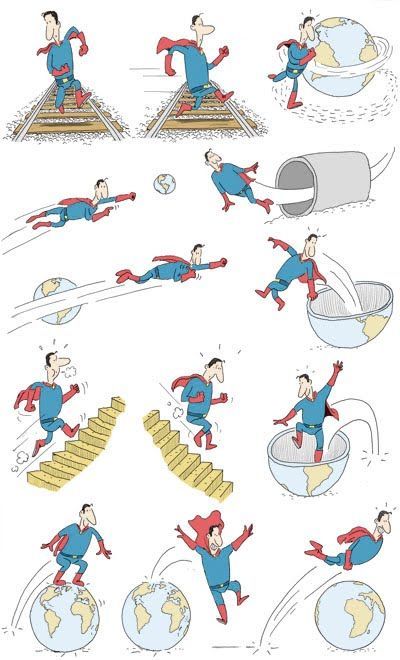
Scavenger Hunts
iStock
Photo Scavenger Hunt
Make your kids’ day with this simple activity that you can play virtually anywhere. Write a list of random items your kids can find around the house. Then, send them off with your phone to find and snap pictures of each of the items. Make the list as long or as short as you like and change it every time you play.
Color Hunt
Stage a rainbow-filled scavenger hunt at home. Give your child pieces of colorful construction paper and ask them to find something around the house that matches each one.
Advertisement
Games for movement
Tired of the usual board games and want to move a little? Then go ahead with games in which you will learn how to depict a boiling pot of beets without words, you can reach your left heel with your right elbow and learn the dance of the blue turtles from the planet Sparkle.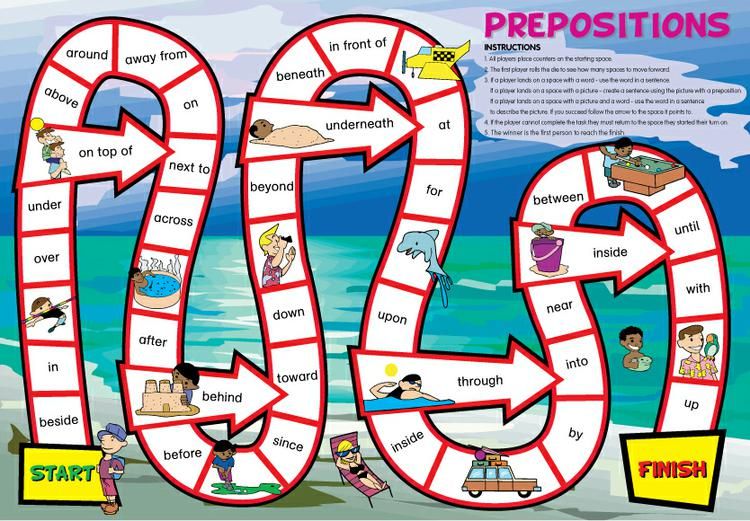
Pétanque and Antipetanque
This game was already known in Ancient Greece. It was believed that the game of petanque develops accuracy, eye and shows the intellectual superiority of the people playing it. The modern and exciting game of petanque does not require much thought and conclusions. According to the rules of the game, petanque is most similar to golf, but without clubs and holes. Even the smallest children can play it, who will surely like the bright balls. The essence of petanque is to take turns throwing large balls so that they are as close as possible to the goal – a small wooden ball. The difficulty of the game is not just to throw balls, but also, if possible, to move the balls of opponents from the target. It is best to play petanque in nature, as balls
are usually made of heavy plastic or metal alloy which can damage the floor.
For cloudy days and lovers of soft textures, a special version of petanque has been created – “Antipetanque”! The rules of the game are the same, but the metal balls are replaced by special balls stuffed with soft cloth.
Our favorite “Crocodile”
This board game is known and loved by many. Its purpose is simple – you need to depict the hidden word only with the help of gestures and facial expressions. However, not only ordinary objects, but also actions, names, or even whole expressions can be written or drawn on game cards. Try to explain a well-known proverb or saying without words. How fast can you do it? Also, to complicate tasks in Crocodile, special cards have been added that set additional conditions for players – for example, depict a hidden object with their eyes closed or standing with their backs. This game is not just a funny and fun pastime, it helps to develop imagination, fantasy and even acting skills! nine0003
Twister
Are you ready to learn how to stand on one heel with your elbow pressed against your right leg? Try to do this and not only you will learn by playing Twister.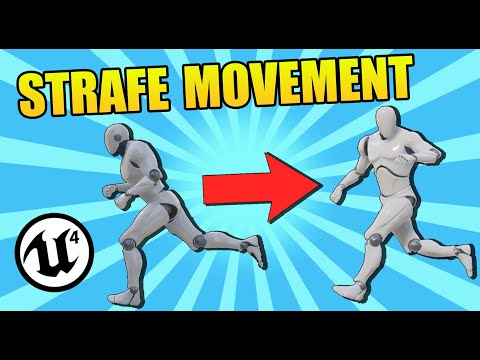
, in fact, is fraught with the most unimaginable poses that your body will have to take. The host spins the roulette wheel and announces on which part of the playing field you need to put your foot or hand. If you have a flexible spine, a sense of humor and the ability to maintain balance in any situation, then victory is yours! nine0003
Crazy Dance
Want to compete in a dance tournament? Then turn on the incendiary music and start playing Crazy Dance! Before you is a deck with three types of cards – “Tact”, “Simple Movements” and “Incendiary Movements”. The players are divided into three teams, and meanwhile the jury, mixing the cards, creates a unique dance for the team, which must be performed without a single mistake
. Participants must not only repeat the movements drawn on the cards, but also have time to get to the beat of the music! The jury evaluates the accuracy of the dance performance and the synchronization of the participants.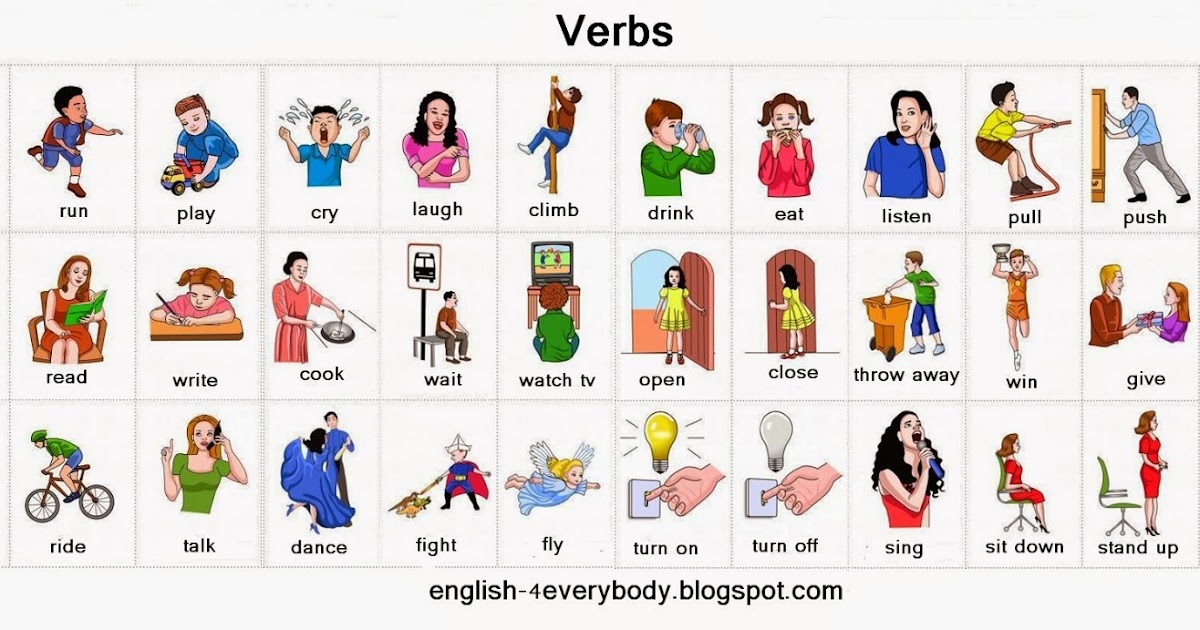
It’s even more interesting to participate in motion games if you compete in teams of adults and children. You will find even more games with children in our here. With these games, winter evenings will become bright and funny, and the child will learn attentiveness, dexterity, speed and coordination of movements. Play and dance with the kids – it’s so much fun!
Active outdoor games for children indoors
Play activities for preschoolers > Outdoor games for children
Belous OI, educator MBDOU d / s No. 30 Leningradskaya st. Leningradsky district
1. Ringleader
The players form a circle, facing the center. The driver steps aside, because he should not see who will be chosen as the ringleader. The task of the ringleader is to show various movements, which should immediately, keeping up with him, repeat the rest of the players: clap, squat, jump, threaten with a finger, etc.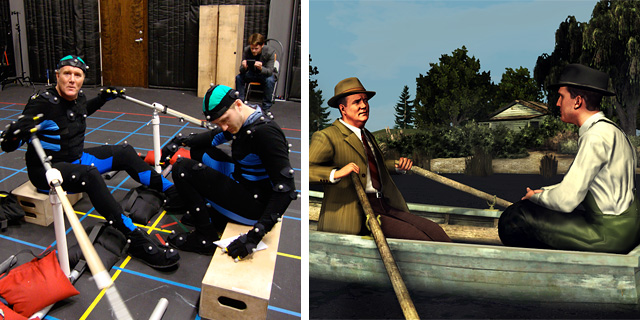
2. Mousetrap
The players are divided into 2 unequal subgroups: the smaller (for example: 2 people) form a circle – a “mousetrap”, the rest of the “Mice” are behind the circle. The players – “mousetrap” – join hands, raise their hands up, forming a collar. “Mice” begin to run into the “mousetrap” and run out of it. Children forming a “mousetrap” pronounce the words:
How tired of mice are we,
Is that all? bitten, everyone? ate
We will put a mousetrap
And we’ll make you all run!
At the last words, the children lower their hands, the “mousetrap” “slams”. Those who did not have time to run out of the circle are considered caught and stand in a circle, in a “mousetrap”.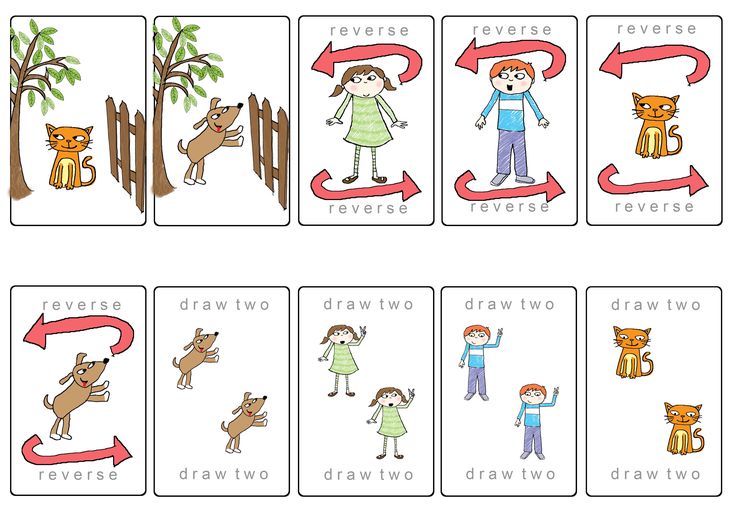
3. Sentry
“Sentry” – sits on the ground in the center of the circle. He is blindfolded. The rest of the children stand outside the circle. The teacher points to one of the players. He begins to cautiously approach the “sentry”. Hearing steps or a rustle, he must indicate with his hand where these sounds come from. If he points out correctly, he changes places with the walking one. If not, then the movement continues. The one who manages to cross the circle continues. nine0003
4. Together along the path
On the floor of the room with a colored cord, a line is marked. Mother and child stand one behind the other at the beginning of the line. Mom invites the baby to “walk along the path”. At the same time, he pronounces the words:
Together along the path,
together along the path
Our legs are walking:
One, two, one, two –
Our legs are walking.
Over hummocks, over pebbles,
Over hummocks, over pebbles.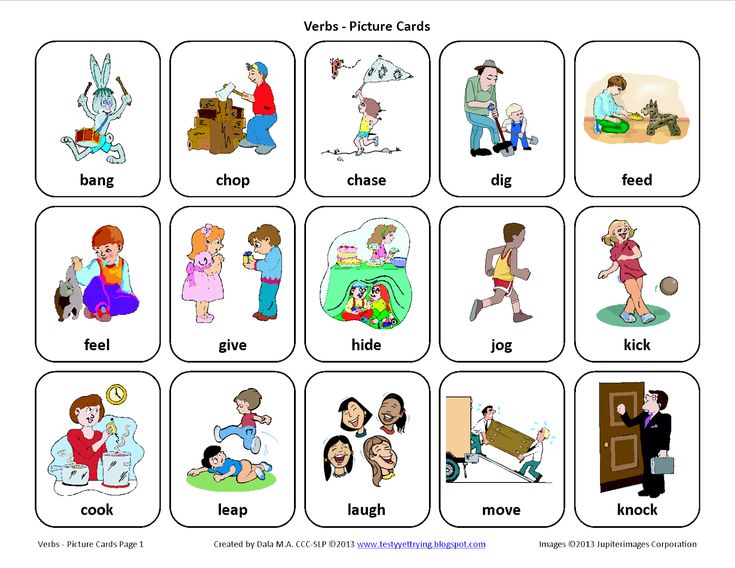
Down into the hole – boom! nine0003
The child follows the mother along the line. To the words “over bumps” they jump together on two legs, slightly moving forward, hands on their belts; to the words “into the hole – bang!” they squat down, put their hands on their knees. When the mother says: “We got out of the hole”, the child gets to her feet with her.
5. Airplanes
A circle is laid out on the floor of the room with a cord – this is an airfield. Mom explains to the baby that now they will turn into airplanes together. Then she says:
Airplanes are flying
And they don’t want to land,
They are merrily flying in the sky,
But they won’t collide with each other.
Airplanes, which are depicted by a child and mother, with arms apart, begin to “fly” outside the circle. After 30 seconds my mother says:
Suddenly a big cloud is flying,
It’s all dark around.
Airplanes – your circle!
After these words, mother and child run in a circle – “airplanes land on the airfield”.
6. The cat came up to the stove
Mother and child hold hands, forming a circle. Mom reads a poem, shows movements, after her movements and words are repeated by the child.
The cat came up to the stove,
The cat came up to the stove,
(They walk in a circle, holding hands) side, holding hands)
A on the kalachi stove,
Oh, delicious and hot!
(They stop, turn to face the center of the circle, clap their hands)
Baking pies in the oven
(They straighten up, hide their hands behind their backs)
7. Catch the ball.
This game will require balloons and adult lungs. Blow up some balloons. Give the task to the players so that the balls always fly and do not fall to the floor. Let them blow on them or throw them up with their hands. nine0003
8. Blow on the balloon.
Another balloon game. The number of balloons is inflated, how many players there will be.
9. Get dressed.
This is a team game. Divide the children equally into two teams. Put one jacket and one hat on two chairs. Each of the players, on a signal, must run up to a chair and put on. Dressed, undressed and stepped aside. Then the next player runs up and does the same. The winner is the team in which all the players put on the fastest. Such a game is more suitable for middle and older groups, since the kids are unlikely to be able to put on a jacket or other clothes themselves. nine0003
10. Boots.
It seems to me that such an outdoor game is also suitable for younger groups. Again, the children are divided into two teams. Each team is given a pair of boots and not just boots, but adults.
11. Catch the ball.
This is a sleight of hand ball game. More suitable for middle and senior group. Children stand in a circle and throw the ball to each other. The most awkward player who did not catch the ball is penalized. Punishment – stand on one leg and catch the ball. If he does not catch the ball, then his punishment is aggravated – to stand on one knee. At the next failure, he will need to get on two knees. But if the punished player catches the ball, then all previous failures are forgiven. nine0003
12. Overtake.
This is an outdoor endurance game for kindergarten.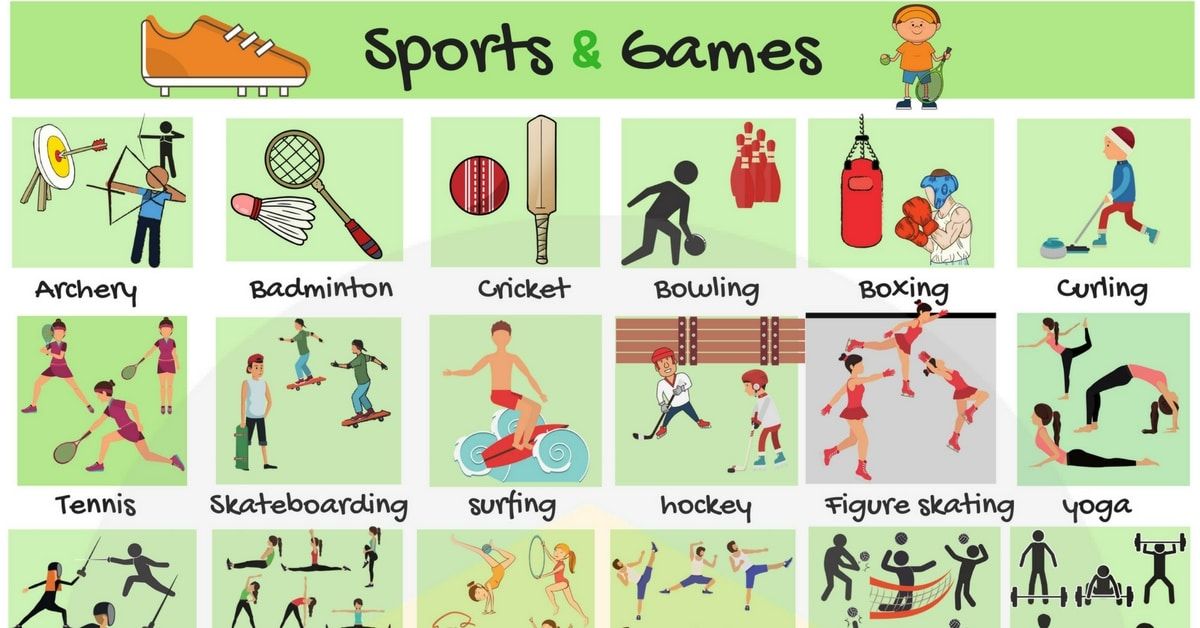
13. Crows and sparrows.
In this game, children are divided into two teams. One team is called sparrows, the other is called crows. The teacher explains the task to each team. For example, the “sparrows” team, as soon as they are called, should lie on the floor, and the “crows” team should stand on the chairs. All movements are performed quickly. The one who messed up is out of the team and the game. Those who have more players left in the team at the end of the game win. nine0003
14. Put on your hat.
This is a very fun game with music. Children stand in a circle. The teacher turns on the music and gives them a women’s hat. The children pass it on to each other.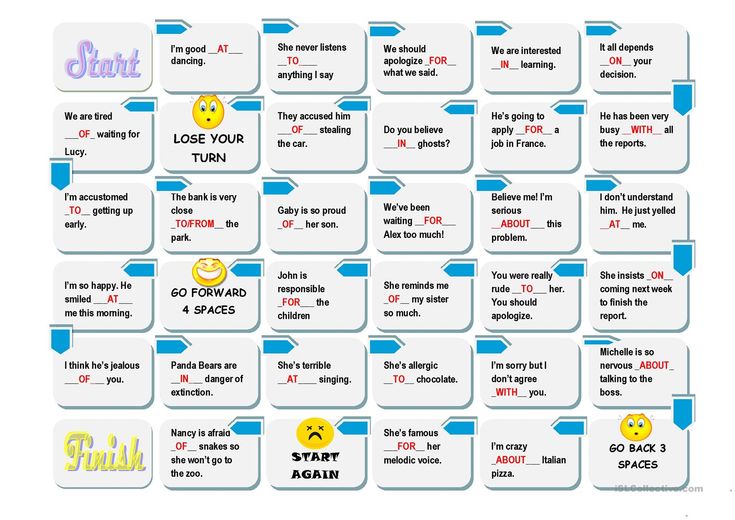
15. Catch me.
The two most dexterous children are chosen. Their task is to catch other players. To do this, they must join hands to make a circle (ring) and catch other children with this ring. The caught player steps aside.
16. Fishing.
Players stand in a circle. The leader is in the center of the circle. He must take a thick rope or rope and twist it along the bottom, trying to touch the legs of other players with it. The players, in turn, jump up so that the fishing rod does not hit them. Whoever fails is out of the game. nine0003
17. Herringbone.
This game is suitable for children’s New Year’s parties.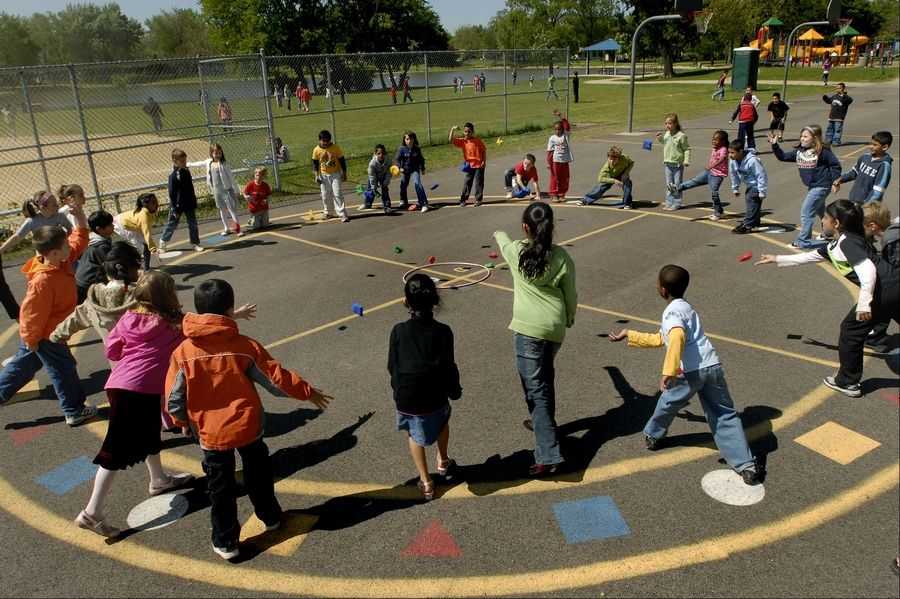
19. Animals. nine0051
Outdoor games in kindergarten should be not only for dexterity, but also for attentiveness. For example, the game “Beasts”. Children choose their driver, who will play the role of the Owl. The duties of an owl include only hunting. All other children are forest animals. The teacher says “day”. The players begin to run around the room and have fun, but with the word “night” they freeze, and an owl comes out to hunt. Everyone who moves or makes any sound becomes the prey of an owl, that is, leaves the game. nine0003
20. Frozen.
Children stand in a circle with arms outstretched in front.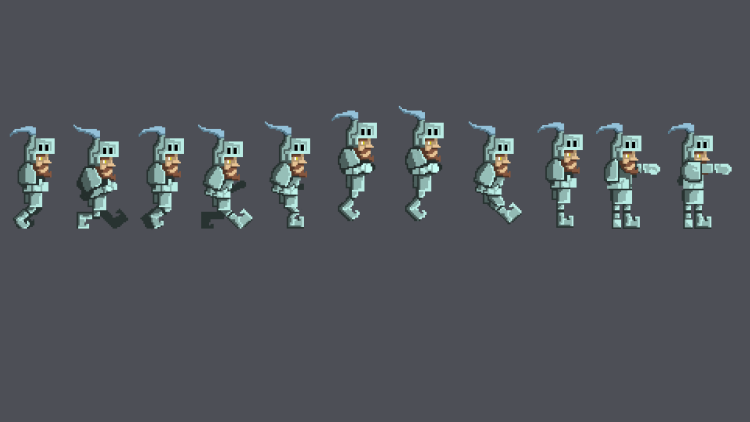
21. Bunny.
One of the players becomes a bunny and gets up in an educated round dance. Children lead a round dance and sing:
Zainka, dance,
Grey, jump.
Circle, turn sideways,
Circle, turn sideways!
There is a place for a hare to jump out,
There is a place for a gray one to jump out!
An impromptu bunny needs to try to jump out of the round dance.
22. Guess which animal.
The leader sits with his back to all the children. Each player takes turns approaching him and making a sound, imitating any animal, such as a cow. The driver guesses what kind of animal it is.
23. Guess who it is. nine0051
The driver again sits with his back to the other children. Those in turn come up to him and say any word.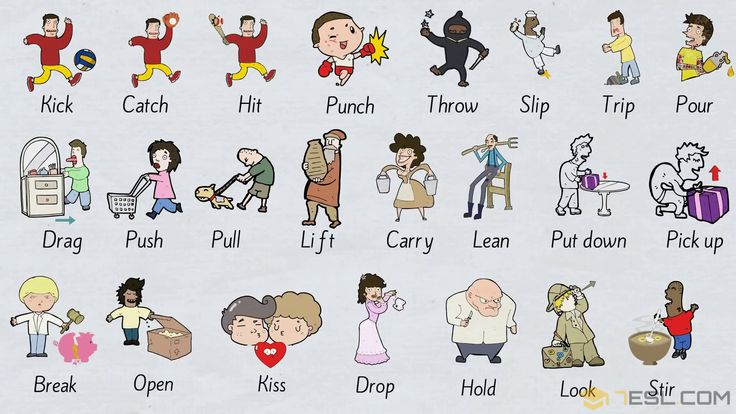
24. Three.
Two participants are selected. Before each put one symbolic prize. The host calls the numbers in a spread, for example, 1, 5, 9, 15, 20, 33, 39, 65, etc. e. As soon as the number 3 is pronounced, the players must grab their prize. The one who gets there first wins.
25. Air, water, earth. nine0051
Such a game is not only mobile, but also focused on children’s ingenuity. The players sit in a circle. The host walks in front of them and says “earth, air, water” each time changing the arrangement of words. Stopping near any child, the leader pronounces a word, for example, “earth”. And the child in response must portray any animal walking on the ground. With the word “water” the player depicts a fish, and with the word “air” – a bird.
26. Feed the rabbit.
A rabbit with a carved mouth is drawn on thick paper. The players line up. The first is given a carrot and blindfolded.
27. Get into the hole.
Play this outdoor game in kindergarten outside during a walk. The teacher digs 3 identical holes in the sand at a distance of 0.5 m. The player takes a couple of steps away from the hole and throws a small ball into it. If he hits, then he goes to the second hole, and then to the third. Then everything repeats, but in reverse order. But if the player does not hit the first hole, then he leaves the game.
28. Journey.
With different colored crayons, the presenter draws winding and intersecting “paths” on the asphalt. Players must choose a “path” for themselves and go through it to the finish line, never leaving the race.
29. Steal the carrot.
The teacher draws a circle with a diameter of 8 m. Puts 10 cubes into the circle. In this game, the circle symbolizes the garden, and the cubes symbolize the carrot.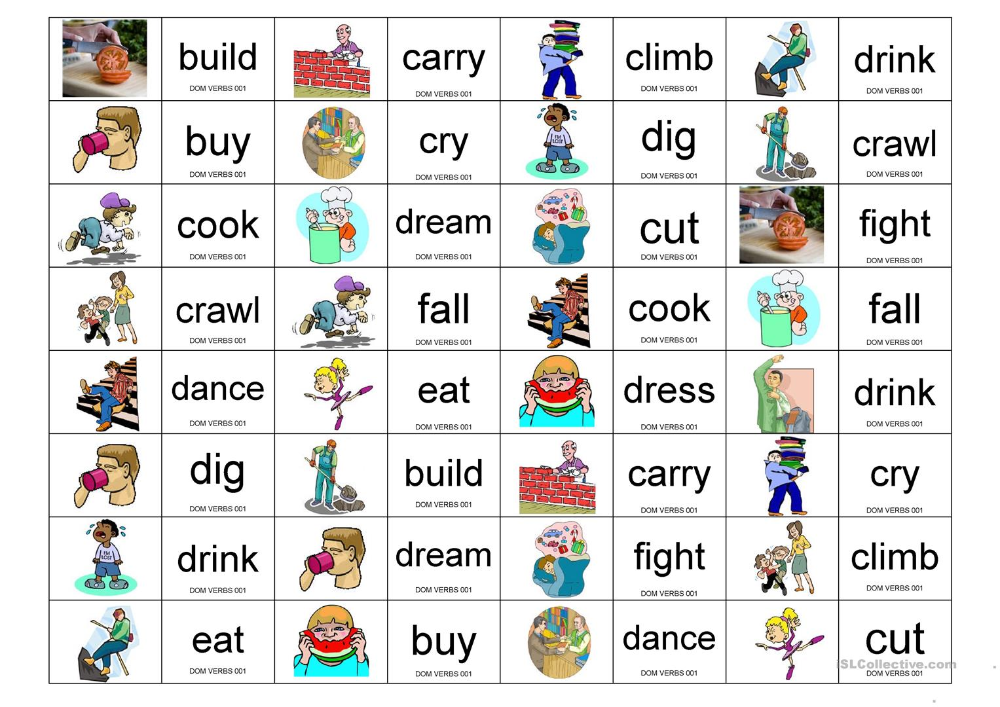
30. Trap.
A game of skill and speed! Several participants join hands and form a circle. The rest depict birds and insects, for example, butterflies, bees, flies, mosquitoes, titmice, etc. The host gives a signal and the “trap” opens – the children in the circle raise their hands up. At this time, all birds and insects can walk, run and jump in a trap. The following signal is emitted and the trap closes. All those who did not have time to run out of the “trap” are trapped and stand in a circle, replacing other participants, and they become birds. There are no winners in this game. Here, the main thing is fun and laughter! nine0003
31.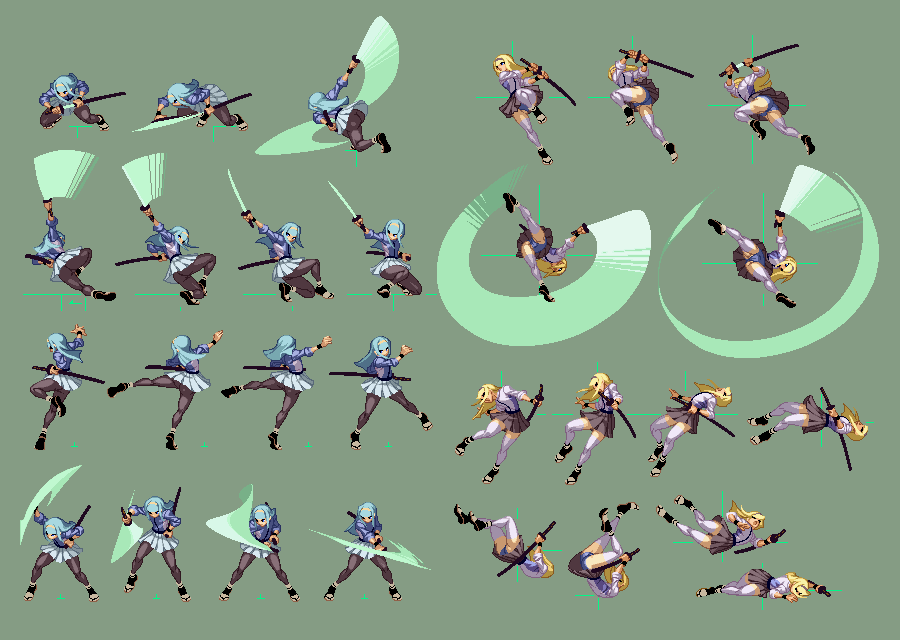
The teacher distributes the kids into teams. In front of each of the teams, bricks are placed at a certain distance. The goal of the game is to walk through the bricks of a given area without touching the floor with your feet. The team whose last player reaches the goal first wins.
32. Make a figure
Children run away. At a certain signal from the teacher, they must take some kind of pose that would display an animal or flower, a tree, a geometric figure, etc. The children whose figures most correspond to the given one win. nine0003
33. Find the color
Children stand in a circle and, at the command of the leader, look for objects of the named color in order to touch them. The loser is the one who touches the right thing last. He is out of the game.
34. Alive – non-living
The leader names living and non-living objects, and the children answer in chorus only “living”, and they are silent to “non-living”.






